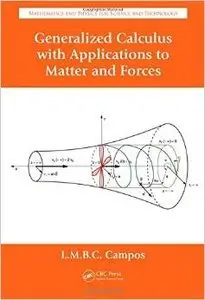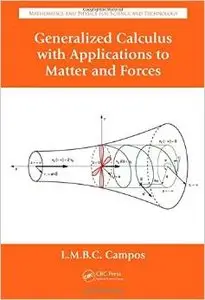Braga de Costa Campos, Luis Manuel, "Generalized Calculus with Applications to Matter and Forces"
2014 | ISBN: 1420071157 | 885 pages | PDF | 29 MB
2014 | ISBN: 1420071157 | 885 pages | PDF | 29 MB
Combining mathematical theory, physical principles, and engineering problems, Generalized Calculus with Applications to Matter and Forces examines generalized functions, including the Heaviside unit jump and the Dirac unit impulse and its derivatives of all orders, in one and several dimensions. The text introduces the two main approaches to generalized functions: (1) as a nonuniform limit of a family of ordinary functions, and (2) as a functional over a set of test functions from which properties are inherited. The second approach is developed more extensively to encompass multidimensional generalized functions whose arguments are ordinary functions of several variables.
As part of a series of books for engineers and scientists exploring advanced mathematics, Generalized Calculus with Applications to Matter and Forces presents generalized functions from an applied point of view, tackling problem classes such as:
• Gauss and Stokes’ theorems in the differential geometry, tensor calculus, and theory of potential fields
• Self-adjoint and non-self-adjoint problems for linear differential equations and nonlinear problems with large deformations
• Multipolar expansions and Green’s functions for elastic strings and bars, potential and rotational flow, electro- and magnetostatics, and more
This third volume in the series Mathematics and Physics for Science and Technology is designed to complete the theory of functions and its application to potential fields, relating generalized functions to broader follow-on topics like differential equations. Featuring step-by-step examples with interpretations of results and discussions of assumptions and their consequences, Generalized Calculus with Applications to Matter and Forces enables readers to construct mathematical–physical models suited to new observations or novel engineering devices.



